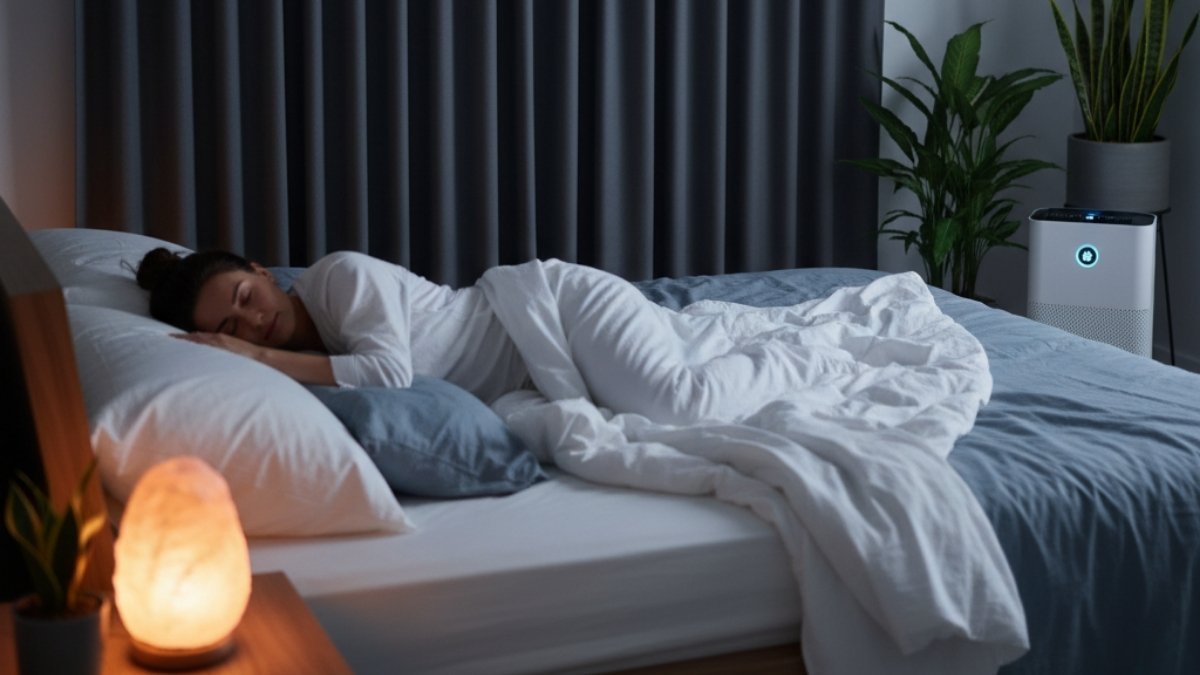
You’ve bought the cooling mattress. You’ve taped your mouth. You’re taking the magnesium glycinate and wearing the blue-light blocking glasses. You are doing everything right.
So why do you still wake up feeling like you went a few rounds in a boxing ring instead of getting eight hours of rest?
I’ve been down this rabbit hole, and honestly, the answer is frustratingly simple. It’s not about what you’re sleeping on; it’s about what you’re sleeping in.
We need to talk about the air in your bedroom. Specifically, we need to talk about Carbon Dioxide (CO2).
Because according to the latest research, your airtight, energy-efficient bedroom might be suffocating your sleep quality. And fixing it could buy you back nearly 30 minutes of deep, restorative sleep every single night.
The Invisible Thief: How We Lost Our “Fresh Air”
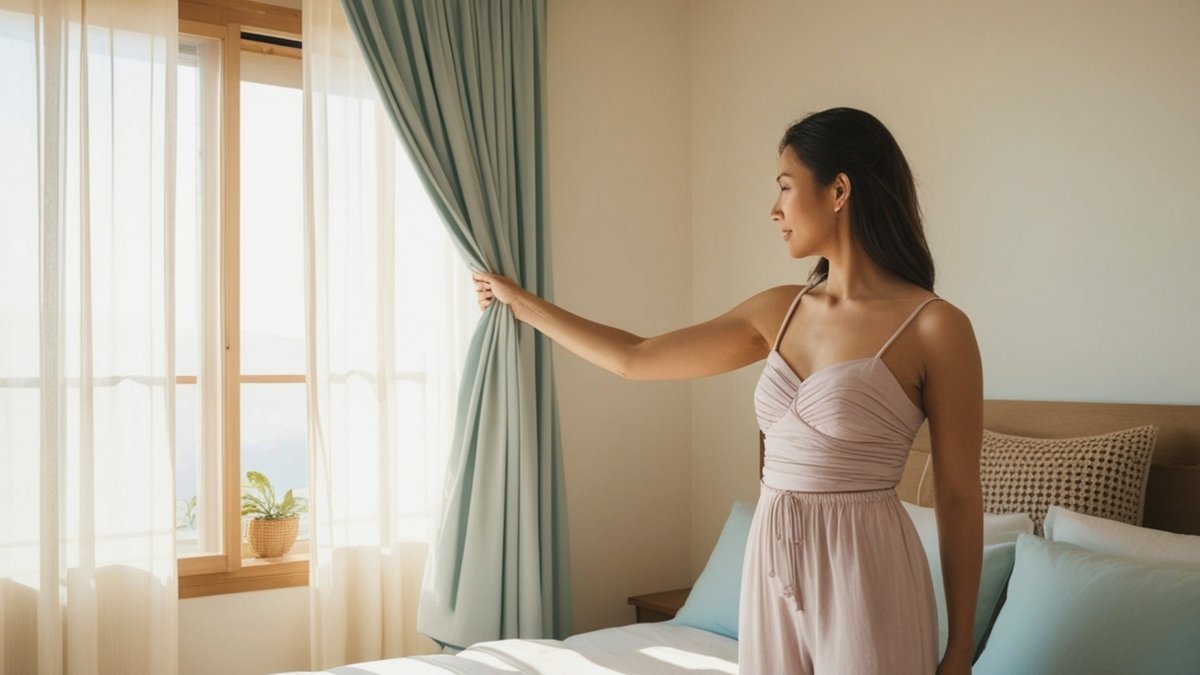
Here’s the thing: We used to know this.
Go back a hundred years, and you’d find “sleeping porches” on homes across America. In the Victorian era, people slept on screened-in balconies because they understood instinctively that “stale air” was bad for you. My grandmother used to throw the windows open every morning to “air out the house,” regardless of the temperature.
Somewhere along the way—mostly when we started obsessing over energy efficiency and AC—we stopped doing that. We started building homes like hermetically sealed Ziploc bags to keep the heat in.
The result? You are essentially sleeping in a box filled with your own exhaust fumes.
When you sleep, you exhale CO2. In a small bedroom with the door and window closed, those levels spike fast. Outdoor air is around 400 parts per million (ppm) of CO2. In a closed bedroom? It routinely hits 2,500 to 4,000 ppm.
That is a chemically distinct environment from the one humans evolved to sleep in. And your body hates it.
The “Deep Sleep” Tax: The Data Is Pretty Shocking
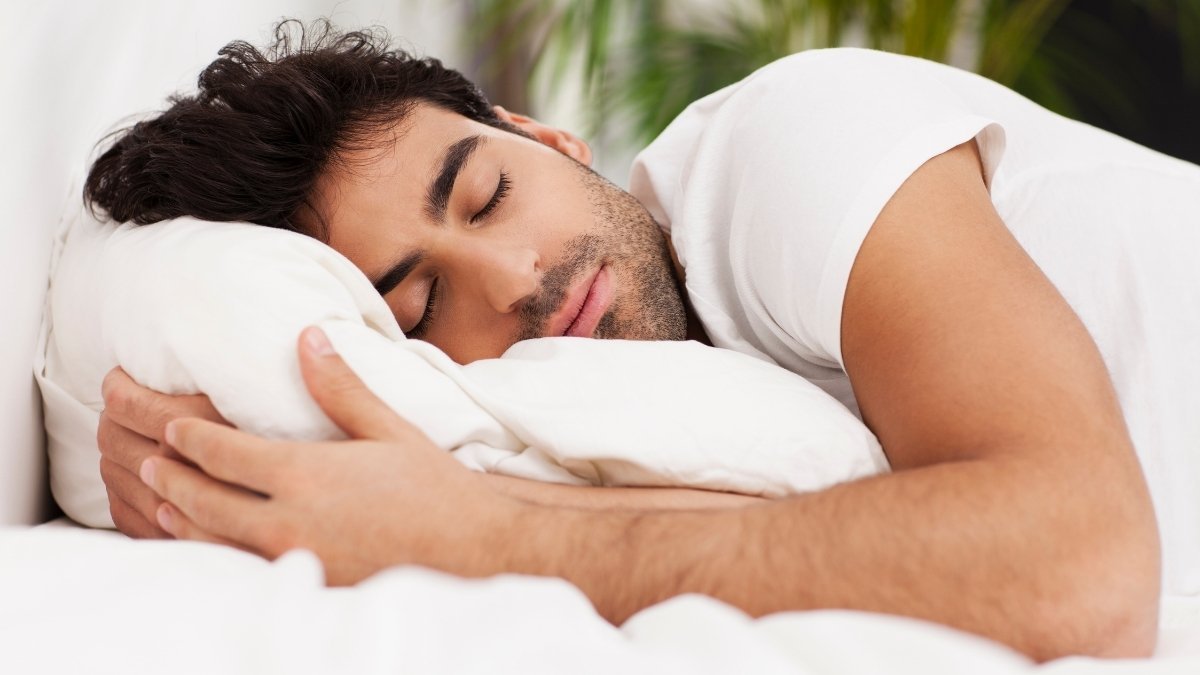
Let’s get to the numbers, because this is where the “it’s just fresh air” argument turns into hard science.
Deep sleep (Stage N3) is the holy grail. It’s when your body repairs muscle, scrubs toxins from your brain (via the glymphatic system), and boosts your immune system. If you miss this window, you age faster and feel worse.
Researchers at the Technical University of Denmark and Shanghai Jiao Tong University ran a study that blew my mind. They simulated different ventilation levels to see what happens to deep sleep when CO2 goes up.
Here is the breakdown of deep sleep duration based on air quality:
| Environment | CO2 Level | % of Sleep Spent in Deep Sleep (N3) |
| Well Ventilated | ~750 ppm (Low) | 20.4% |
| Moderately Stuffy | ~1,400 ppm (Med) | 17.3% |
| Typical Closed Room | >2,000 ppm (High) | 14.4% |
Look at that gap. Dropping from 20.4% to 14.4% is a 29% reduction in deep sleep efficiency. In a typical 8-hour night, that works out to roughly 30 minutes of lost deep sleep.
Think about that. You aren’t sleeping fewer total hours. You’re lying there for the same amount of time, but you are physically getting 30 minutes less repair work done on your body and brain. Just because the window was closed.
Why Your Brain Panics (The Science Bit)

You might be thinking, “I don’t feel suffocated.” And you’re right, consciously you don’t. But your brainstem does.
We have these things called chemoreceptors. Their job is to taste your blood for CO2. When the air in your room gets stale, the CO2 in your blood rises (hypercapnia). Your brainstem senses this acidity and goes, “Hey, we might be suffocating here.”.
It doesn’t wake you up fully. Instead, it triggers a “micro-arousal.” It pulls you out of that deep, restorative N3 sleep and into lighter sleep, so you breathe a little harder.
It also triggers your fight-or-flight response. Studies show that people sleeping in high CO2 environments have higher heart rates and significantly higher cortisol levels the next morning. So, you’re not just sleeping lightly; you are chemically stressing your body out all night long.
The Myths We Need to Bust

Whenever I tell people this, I get the same three arguments. Let’s knock them down, because they’re stopping you from getting good rest.
Myth 1: “But I have an expensive Air Purifier!”
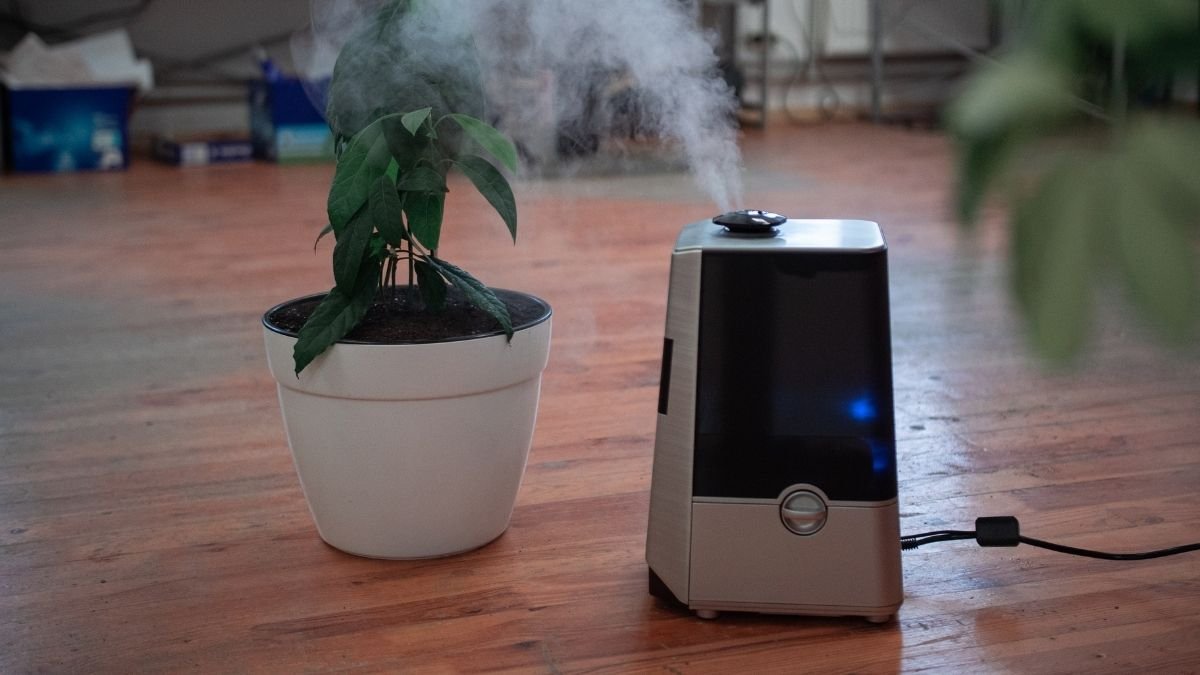
I hate to break it to you, but your Dyson or Levoit is useless here.
HEPA filters catch particles (dust, pollen, dander). CO2 is a gas. An air purifier does absolutely zero to lower CO2 levels. You can have the cleanest, dust-free air in the world, and still be swimming in CO2.
Myth 2: “Drafts will make me sick.”

This is a huge one, especially if you have European or Asian grandparents. The belief that a cold draft causes a cold is false. Viruses cause colds.
In fact, sleeping in a stuffy, unventilated room actually keeps airborne viruses concentrated around you. Fresh air dilutes pathogens. The “draft” isn’t the enemy; the stagnant air is.
Myth 3: “It’s too loud/cold outside.”

Valid point. But here’s a twist: cooler temperatures actually help deep sleep. Your core body temperature needs to drop to enter N3 sleep. A cool breeze is physiologically beneficial. As for noise… well, that is a trade-off. But unless you live next to a highway, the air quality benefit usually outweighs the noise cost.
The “One Change” Protocol: How to Fix It
You don’t necessarily need to buy anything to fix this. You just need to change the airflow physics of your bedroom. Here is the hierarchy of solutions, ranked from “Gold Standard” to “Better Than Nothing.”
1. The Open Window (The Gold Standard)
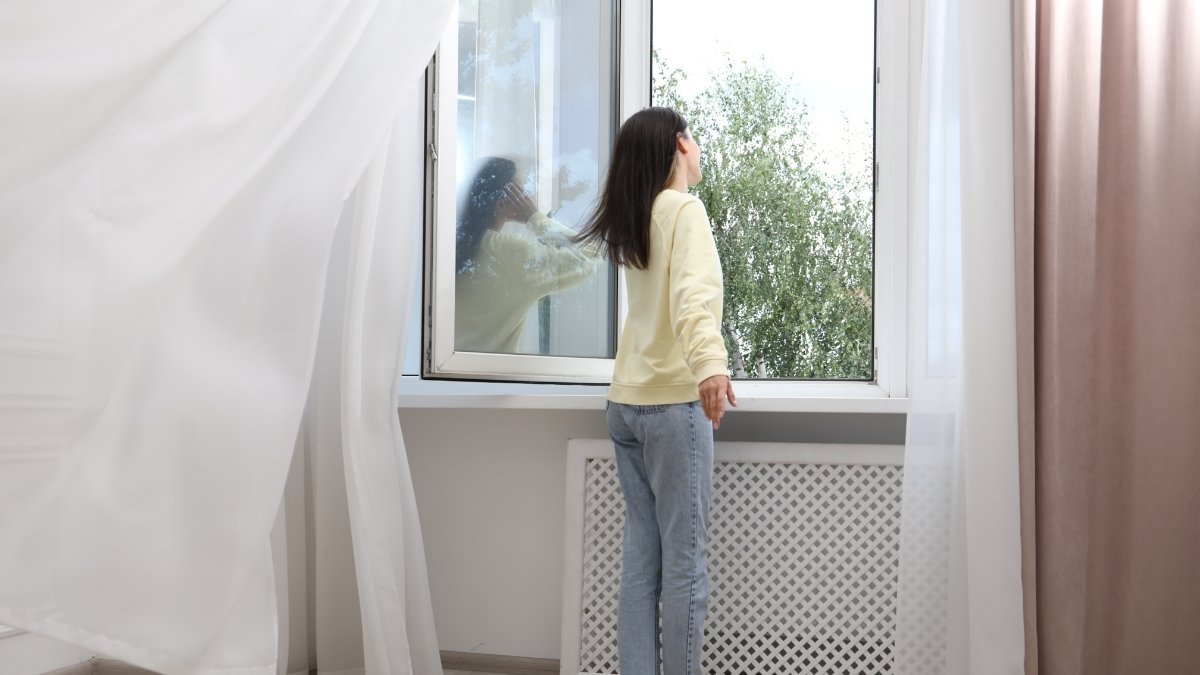
If you can, crack the window. Even just an inch. Research consistently shows that an open window is the single most effective way to keep CO2 under 800 ppm and maximize that N3 sleep duration.
- Tip: If it’s freezing outside, use a heavier duvet, but keep the air cool. Your brain loves the cold air/warm body contrast.
2. The “Stosslüften” (Shock Ventilation)
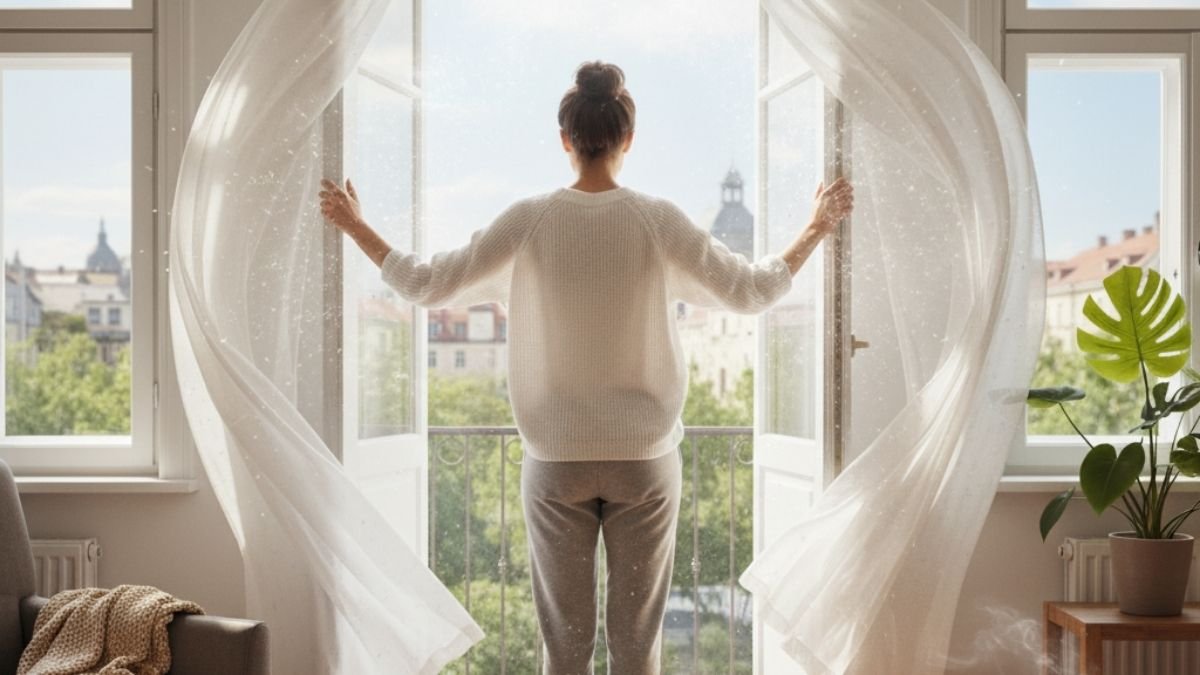
If you live in a tundra or a noisy city and can’t sleep with the window open, do what the Germans do. Before you get into bed, open everything—windows and doors—wide open for 5 to 10 minutes.
This flushes out the stale air and replaces it with fresh air without cooling down the walls and furniture too much. It gives you a “fresh start” for the night.
3. The Open Door (The “Meh” Option)
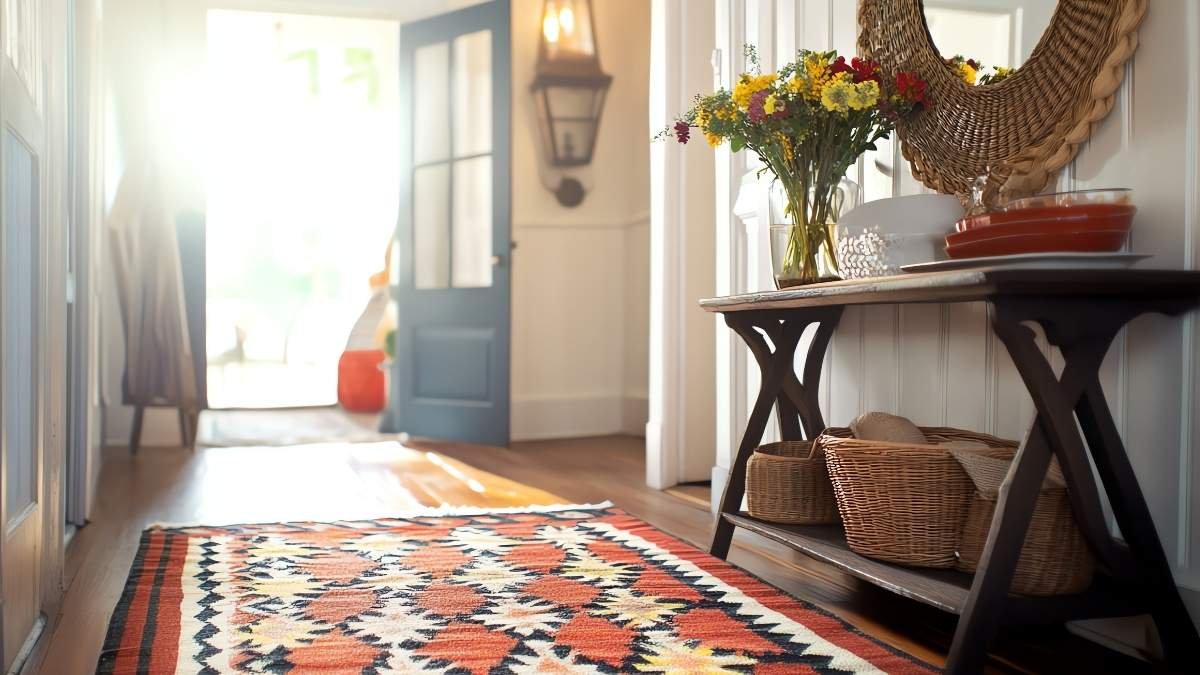
Leaving your bedroom door open is better than closing it, but not by much.
Expert Pawel Wargocki notes that this just mixes your bedroom air with the rest of the house’s air. It dilutes the CO2, but it doesn’t remove it. It’s a Band-Aid, but use it if you can’t use a window.
4. Mechanical Ventilation (The Pro Move)
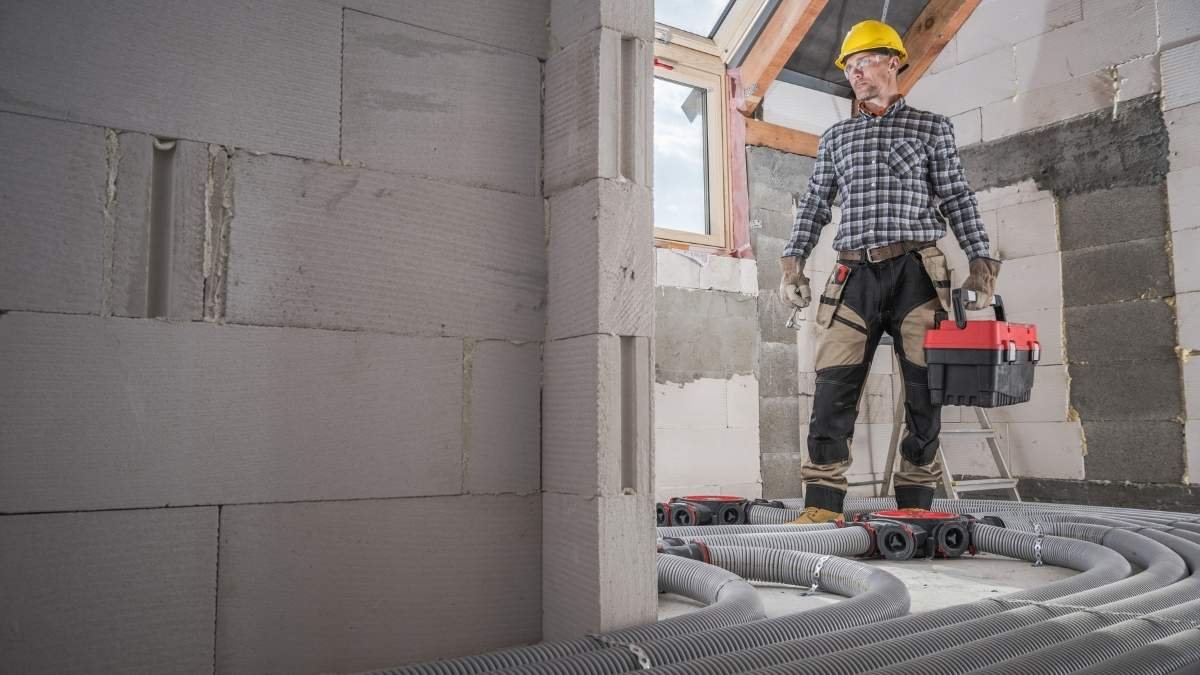
If you own your home and are renovating, look into an ERV (Energy Recovery Ventilator) or MVHR system. These machines swap indoor air for outdoor air while keeping the heat (or cold) inside. This is how you get low CO2 without the noise or draft.
Measuring What Matters
How do you know if this is actually your problem? Stop guessing. We measure our steps, our calories, and our screen time. Measure your air.
Get an NDIR CO2 monitor (like an Aranet4).
- Goal: Keep it under 800 ppm all night.
- Warning Zone: Anything over 1,000 ppm is messing with your sleep quality.
Need More Help? Look Into These
Based on the research regarding CO2 monitoring, airflow management, and maintaining sleep continuity while ventilating, the following products are identified as best-in-class tools to engineer a better sleep environment.
1. The Gold Standard CO2 Monitor: Aranet4 Home

To manage bedroom air, you must first measure it. The Aranet4 is widely cited by air quality experts as the most reliable portable monitor due to its NDIR (Non-Dispersive Infrared) sensor technology. Unlike cheaper sensors, it accurately measures CO2, temperature, and humidity, visualizing the “stuffy” air that kills deep sleep. Its e-ink display is non-intrusive at night (no bright LEDs), and the app logs historical data so you can see exactly when CO2 spikes during your sleep cycle.
2. Precision Airflow Control: Vornado Transom Window Fan

If you need to force stale air out or pull fresh air in without the noise of a traditional box fan, the Vornado Transom is the superior engineering solution. Its low-profile design seals off the window (reducing outdoor noise intrusion) and uses a powerful blower system to circulate air electronically. Research indicates it is significantly quieter than competitors, making it viable for light sleepers who need active ventilation to combat the “plexiglass box” effect.
3. Total Blackout for Open-Window Sleepers: Manta Sleep Mask PRO
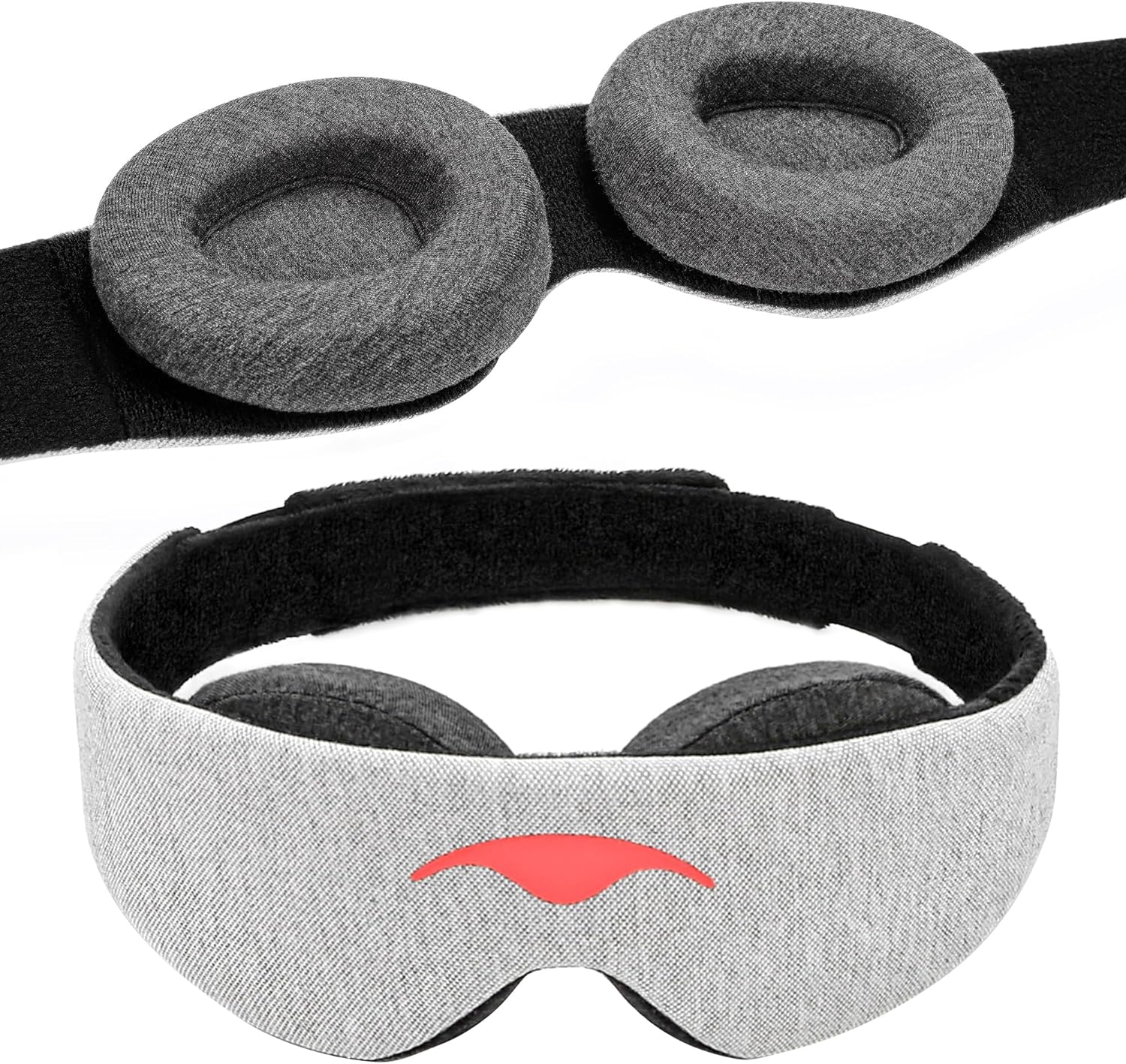
Ventilating a room often means letting in streetlights or early morning sun, which disrupts melatonin. The Manta PRO is specifically engineered for side sleepers (who often find bulkier masks uncomfortable). It uses C-shaped eye cups that provide 100% blackout without putting pressure on the eyelids, ensuring that your quest for fresh air doesn’t come at the cost of circadian rhythm disruption.
4. Ventilation Security: Windobully or Similar Window Restrictors
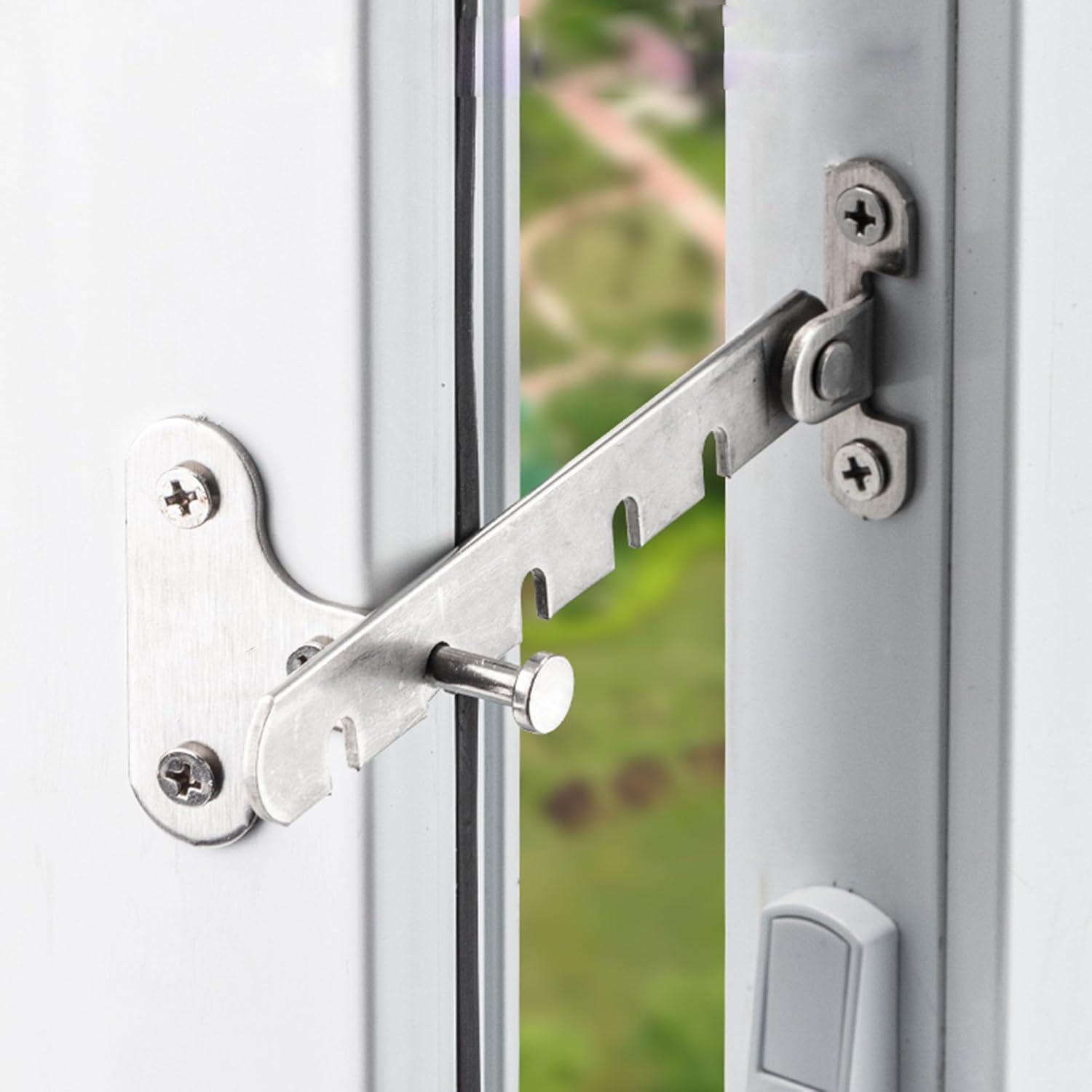
A major barrier to “fresh air sleep” is the fear of intruders. Window restrictors and locks allow you to keep a window cracked open for gas exchange while physically preventing it from being opened wide enough for a person to enter. This simple hardware addition solves the security-ventilation trade-off, enabling peace of mind while maintaining the necessary stack-effect airflow.
5. Thermal Comfort in Fresh Air: Sunbeam Restful Heated Mattress Pad

The “Sleeping Porch” method requires keeping the body warm while breathing cool, fresh air. A heated mattress pad is more efficient than heating the entire room. The Sunbeam Restful features zoned heating and 12 settings, allowing you to create a warm microclimate under the covers. This enables you to tolerate—and even enjoy—the lower ambient temperatures that come with aggressive bedroom ventilation, promoting the “cool head, warm body” state that aids deep sleep.
The Bottom Line
We tend to overcomplicate health. We look for the magic pill or the perfect gadget. But sometimes, biology is simple.
Your brain needs oxygen to clean itself. It needs to offload the metabolic waste it created all day. When you seal yourself in a box at night, you are denying your brain the one thing it needs most to recover.
So, tonight, try it. Crack the window. Brave the “draft.” You might find that the 30 minutes of sleep you’ve been missing have been floating right outside your window the whole time.






